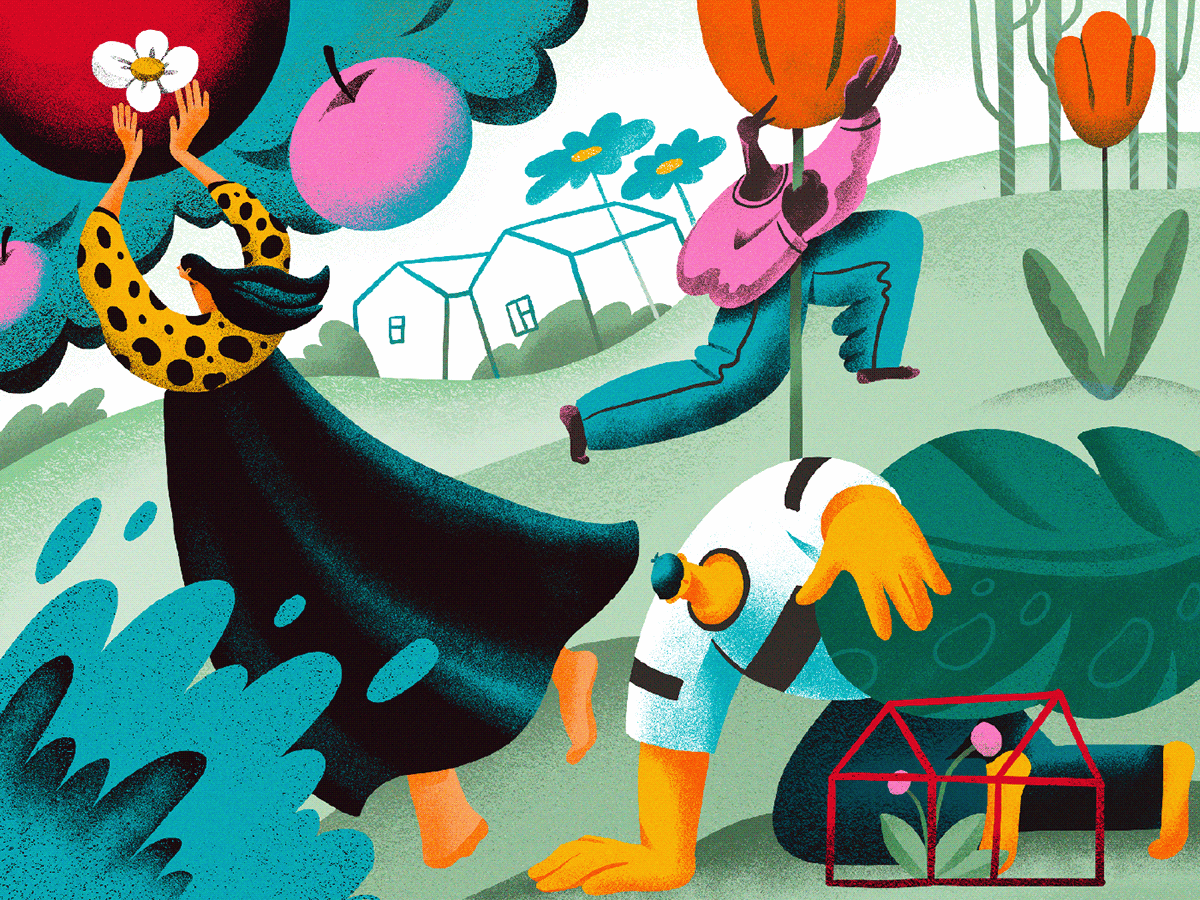Written by: Bente Derksen
May 26th 2023
In 2038, amidst the rapid advancement of technology and automation, the art of connection has become more crucial than ever. The ability to truly connect with others on a deep and meaningful level is the cornerstone of a thriving society. However, as we delve into envisioning the future, it is important to acknowledge the limitations of our assumptions. The concept of time as a linear progression and the singular representation of the present can obscure the diverse lived experiences of individuals and the significance of the past. It is imperative that we question whose present point is being represented and whose preferable futures are being imagined. With this in mind, we explore the art of connection and its role in shaping our future.
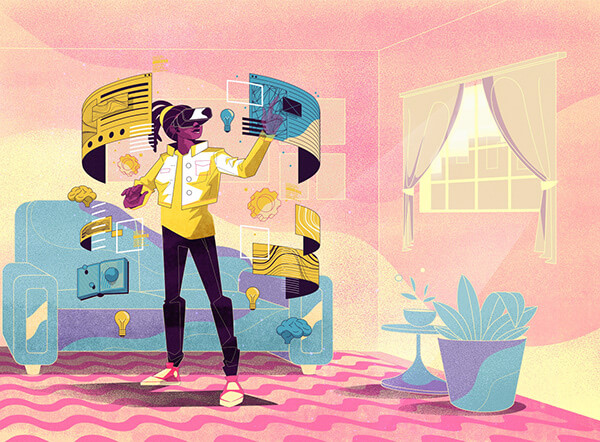
Connection as the Essence of Humanity
Connection is what defines us as human beings. Throughout history, it has been the catalyst for progress, innovation, and opportunity. Our ability to empathize, communicate, and collaborate has allowed us to build communities, solve complex problems, and share our experiences. The art of connection goes beyond mere interaction; it requires genuine social skills, time, and effort. In an era where people are increasingly confined within their individual bubbles, surrounded by personalized news and echo chambers, the need for genuine connection is paramount.

Challenging Consumerism and Fostering Connection
Consumerism, with its relentless pursuit of material wealth and instant gratification, often stands in opposition to genuine connection. It commodifies human relationships, reducing them to transactional exchanges. In our quest to reclaim the art of connection, we challenge consumerism’s dominance and emphasize the importance of fostering meaningful relationships. We reject the notion that the acquisition of material possessions is a substitute for genuine human connection.
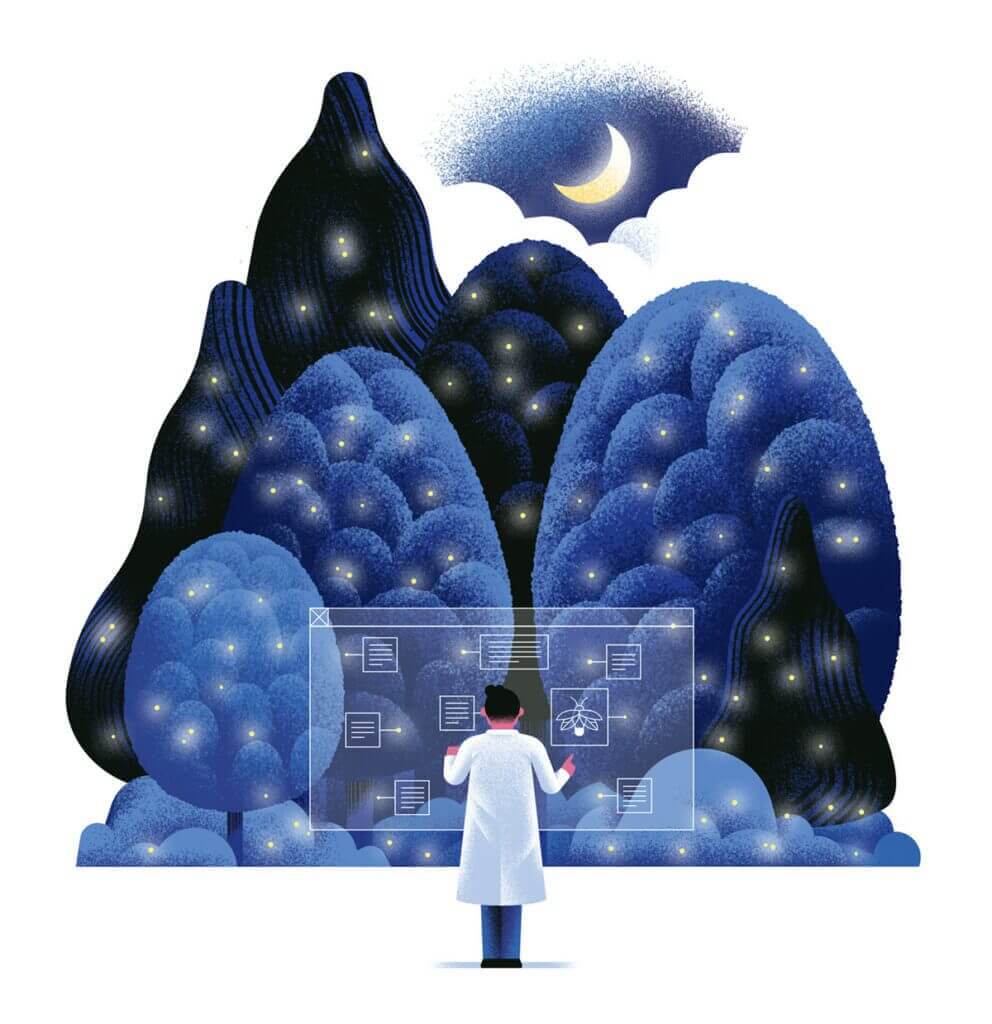
Questioning the Impact of Automation
As we explore the future landscape, we cannot overlook the profound impact of automation. Will it truly provide us with more time to connect, or will it detract from these essential human interactions? While it may initially appear that automation would liberate time for fostering connections, we must acknowledge that genuine connection thrives in the presence of shared experiences, empathy, and emotional bonds. Reflecting on nostalgic memories of my grandparent’s farm, I am reminded of the abundance of connection that permeated every aspect of life there. Meaningful conversations unfolded while peeling potatoes, washing dishes, and tending to the vegetable garden. While most people dread doing chores, and would rather watch Netflix. We must not forget that there is beauty around these activities. And that technology alone cannot replicate the profound depth of human interaction.
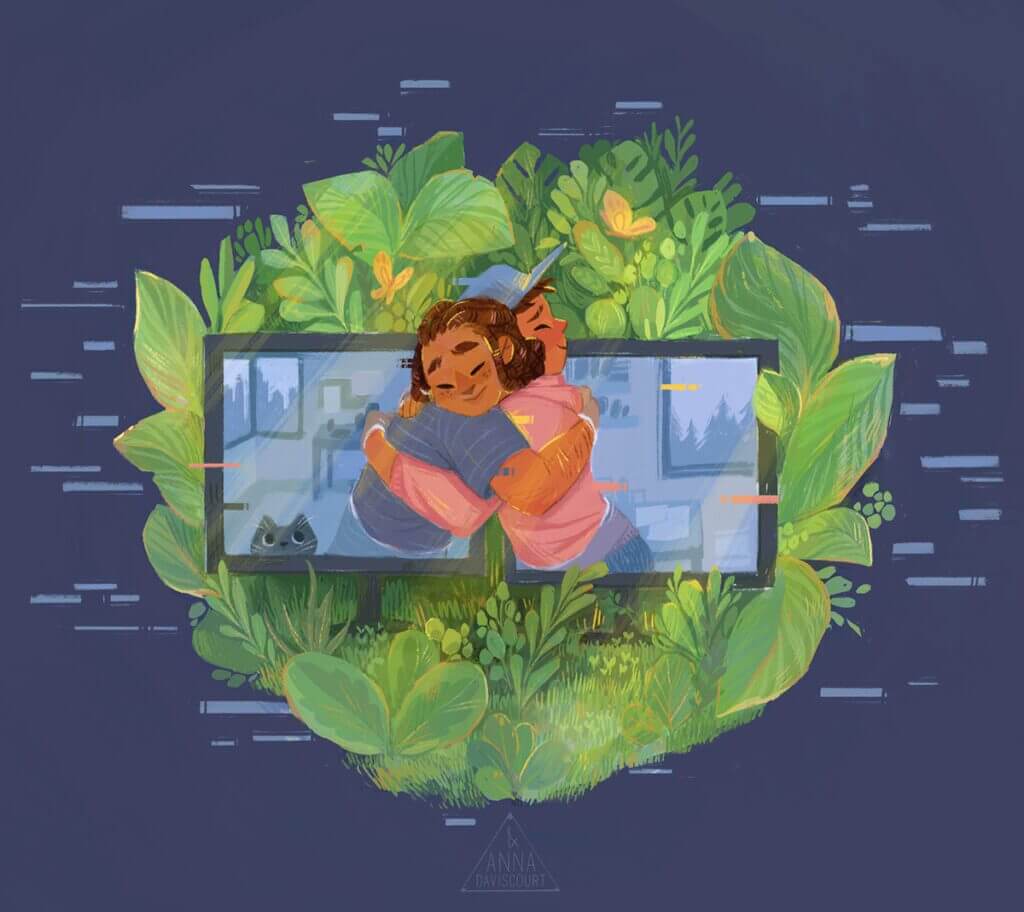
Reclaiming Connection in the Digital Age
In the year 2038, the digital age is in full swing, with technological advancements shaping every aspect of our lives. While these advancements offer unprecedented opportunities for connection, we must navigate them consciously and mindfully. We must recognize that technology is a tool, not a substitute for genuine connection. Our responsibility is to strike a balance, using technology to enhance, rather than replace, the art of connection.

Preserving the Past to Shape the Future
To envision a future grounded in connection, we must remember the lessons of the past. History provides us with the building blocks from which the future is made. By acknowledging the diverse lived experiences of individuals throughout time, we can avoid the flattening of our collective narrative. We must recognize that the art of connection is deeply rooted in our shared human history, and it is through understanding and appreciating our past that we can shape a more connected future.
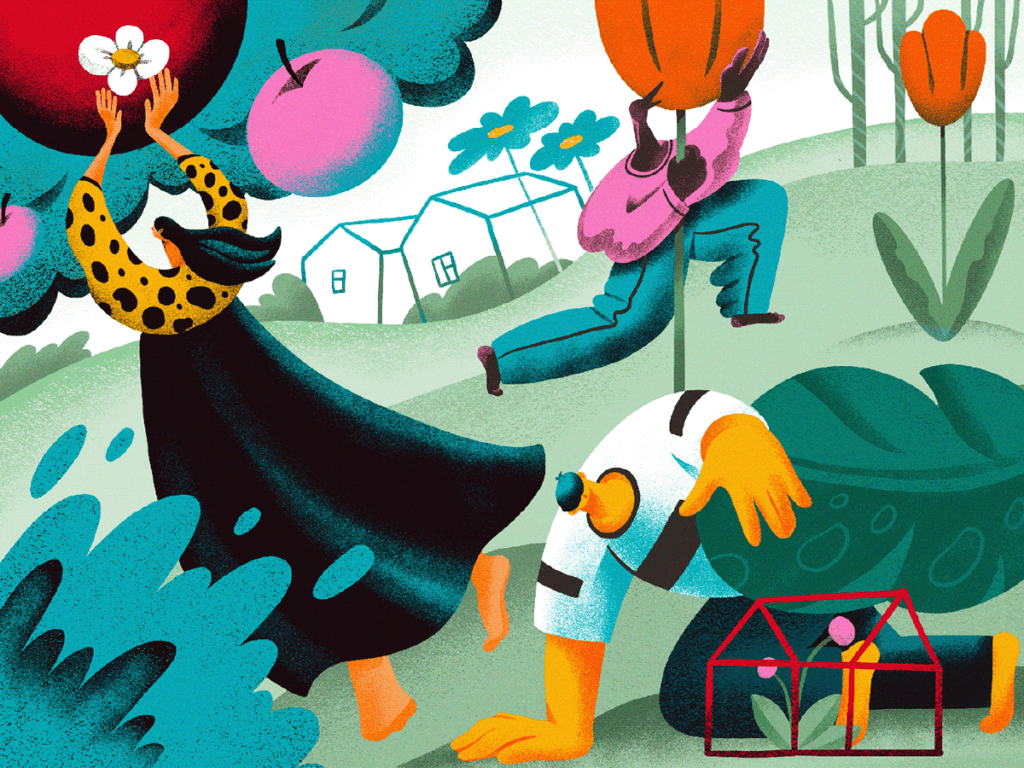
Conclusion
The art of connection, though challenged by individualism and consumerism, remains the driving force behind progress and fulfillment. As we envision the future, we must question the assumptions embedded within our projections. Whose present point is being represented, and whose preferable futures are being imagined? In the year 2038, let us be agents of change, advocating for a future where the art of connection remains at the forefront of human existence. Let us challenge the notion that technology alone can satisfy our innate longing for connection and instead aim for a balanced approach that nurtures both innovation and genuine human interaction. By doing so, we can shape a future where technology serves as a tool for enhancing connection rather than replacing it. Together, let us forge a path that embraces the richness of human connection and ensures that our collective journey into the future is one guided by empathy, inclusivity, and the transformative power of genuine human interaction.
Illustrations
Daviscourt, A. (n.d.). Behance. https://www.behance.net/gallery/94703607/Internet-Hug
Freitas, D. (n.d.). Behance. https://www.behance.net/gallery/162985737/Various-Illustrations-2022-2023
Lobova, A. (n.d.). Behance. https://www.behance.net/gallery/120700461/for-Vedomosti-plus-one%E2%80%8B
Simonelli, D. (n.d.). Behance. https://www.behance.net/gallery/165339849/The-Nature-Conservancy-Editorial-illustrations-2023
Yatsuba, Y., & Valiukh, S. (n.d.). Behance. https://www.behance.net/gallery/99177269/Digital-Art-Bright-Summer-Illustrations


